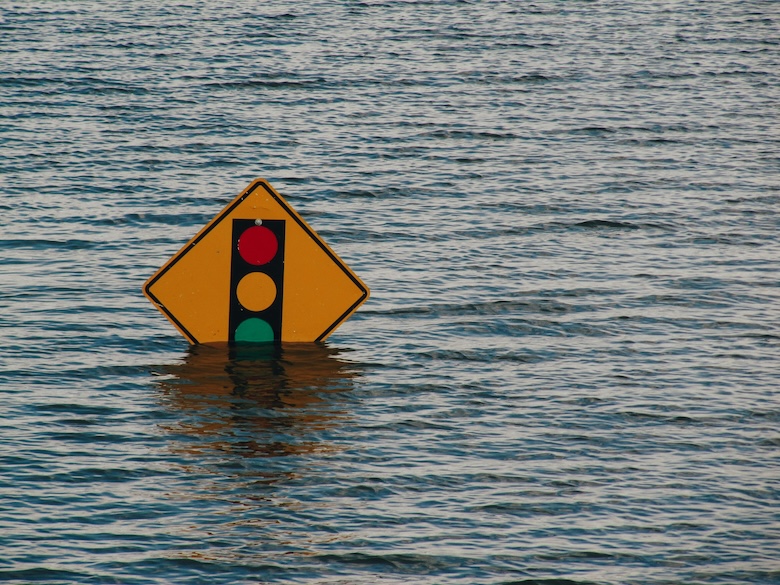
Artificial Intelligence (AI) holds a pivotal position in diminishing disaster risk (DRR), by augmenting various facets of disaster control. Here are some ways AI contributes to the reduction of disaster risk:
Forecasting Severe Incidents:
- AI-based algorithms have the capacity to scrutinize extensive data sets, identifying patterns and trends that signal impending disasters like hurricanes or wildfires.
Creation of Risk Maps:
- AI aids in the generation of risk maps, processing data to pinpoint areas susceptible to natural disasters, thus assisting in readiness and response initiatives.
Detection of Events in Real-Time:
- AI mechanisms can offer real-time surveillance and identification of disasters, facilitating prompt responses and early alerts to lessen impacts.
Enhancing Situational Perception:
- By analyzing data from diverse sources, AI boosts situational perception, providing insights for decision-making during calamities.
Assisting Decision Support:
- AI applications can bolster decision-making procedures by supplying crucial information to policymakers, stakeholders, and the general public, thereby aiding effective disaster response and recovery operations.
The integration of AI into disaster management significantly elevates our capability to forecast, get ready for, and react to natural disasters. However, despite these advantages, issues such as biases in data collection, computational problems with AI models, and concerns about transparency need resolution for the broad-scale implementation of AI in disaster risk reduction.

